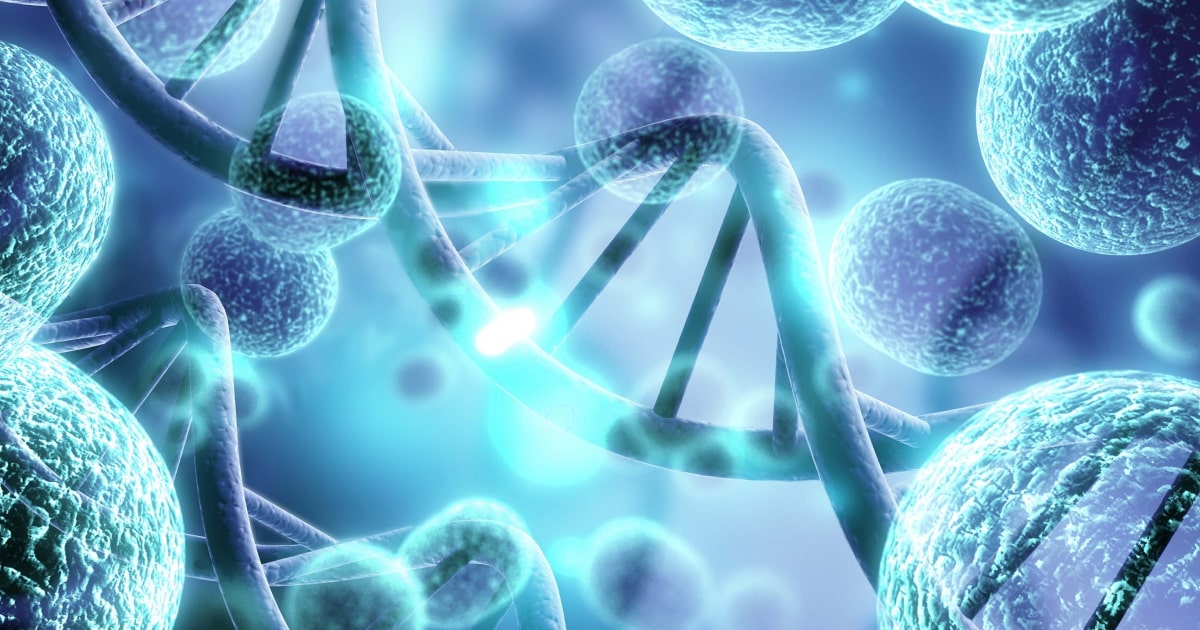
Expert Reviewed By: Dr. Brandon Colby MD
Understanding Bone Mineral Density QTL 17
Bone mineral density (BMD) is a crucial factor in determining bone strength and the risk of developing osteoporosis, a common condition that leads to fragile bones and an increased risk of fractures. Bone mineral density quantitative trait locus 17 (BMD QTL 17) is a specific genetic locus associated with variations in BMD. Understanding the genetic factors that influence BMD can help researchers develop targeted treatments and preventive measures for osteoporosis and other bone-related diseases.
Diagnosing BMD QTL 17
Diagnosing BMD QTL 17 involves identifying specific genetic variants associated with BMD regulation. Several studies have been conducted to identify these variants and understand their roles in bone health. Some of the key findings include:
Expression Quantitative Trait Locus Study of Bone Mineral Density GWAS Variants in Human Osteoclasts
This study identified 32 expression quantitative trait locus (eQTL) associations for BMD genome-wide association study (GWAS) loci using a unique human osteoclast-specific eQTL dataset. These findings provide valuable insights into the genetic mechanisms underlying BMD regulation and can help guide future research.
Comprehensive Analysis of the Genetic and Epigenetic Mechanisms of Osteoporosis and Bone Mineral Density
By investigating genetic and epigenetic mechanisms of osteoporosis and BMD, this functional analysis identified 15 protein-coding genes regulated by susceptibility loci. These genes are potential targets for the development of novel therapeutics to treat osteoporosis and improve bone health.
Regulatory SNP of RREB1 is Associated With Bone Mineral Density in Chinese Postmenopausal Osteoporosis Patients
This study identified BMD-associated single nucleotide polymorphisms (SNPs) that regulate the RREB1 gene in Chinese postmenopausal osteoporosis patients. These findings contribute to our understanding of the genetic factors influencing BMD and can help guide the development of personalized treatments for osteoporosis.
Genetic Variants Modify the Associations of Concentrations of Methylmalonic Acid, Vitamin B-12, Vitamin B-6, and Folate with Bone Mineral Density
This study found that genetic variants in the 1-carbon methylation pathway modify the association of B vitamin and biomarker concentrations with bone density and strength. These findings suggest that understanding an individual's genetic makeup can help tailor nutritional recommendations for optimal bone health.
Using Genetic Testing for BMD QTL 17
Genetic testing can be a valuable tool in understanding an individual's risk of developing osteoporosis and other bone-related diseases. Some of the potential uses of genetic testing for BMD QTL 17 include:
Identifying At-Risk Individuals
Genetic testing can help identify individuals who carry genetic variants associated with lower BMD and an increased risk of osteoporosis. Early identification of at-risk individuals can enable healthcare providers to implement preventive measures, such as lifestyle modifications and targeted therapies, to reduce the risk of fractures and other complications.
Personalizing Treatment Strategies
Understanding an individual's genetic makeup can help tailor treatment strategies to their specific needs. For example, individuals with certain genetic variants may benefit from specific medications or nutritional interventions to improve their bone health.
Developing Novel Therapeutics
By identifying the genes and pathways involved in BMD regulation, researchers can develop new drugs and therapies targeting these mechanisms. This can lead to more effective treatments for osteoporosis and other bone-related diseases.
Improving Nutritional Recommendations
Genetic testing can help identify individuals who may benefit from specific nutritional interventions to optimize their bone health. For example, individuals with certain genetic variants may require higher levels of vitamin B-12, vitamin B-6, or folate to maintain healthy bone density.
In conclusion, understanding, diagnosing, and using genetic testing for BMD QTL 17 is crucial for improving our knowledge of bone health and developing targeted strategies to prevent and treat osteoporosis and other bone-related diseases. As our understanding of the genetic factors influencing BMD continues to grow, so too will our ability to optimize bone health for individuals at risk.
About The Expert Reviewer
Dr. Brandon Colby MD is a US physician specializing in the personalized prevention of disease through the use of genomic technologies. He’s an expert in genetic testing, genetic analysis, and precision medicine. Dr. Colby is also the Founder of and the author of Outsmart Your Genes.
Dr. Colby holds an MD from the Mount Sinai School of Medicine, an MBA from Stanford University’s Graduate School of Business, and a degree in Genetics with Honors from the University of Michigan. He is an Affiliate Specialist of the American College of Medical Genetics and Genomics (ACMG), an Associate of the American College of Preventive Medicine (ACPM), and a member of the National Society of Genetic Counselors (NSGC)